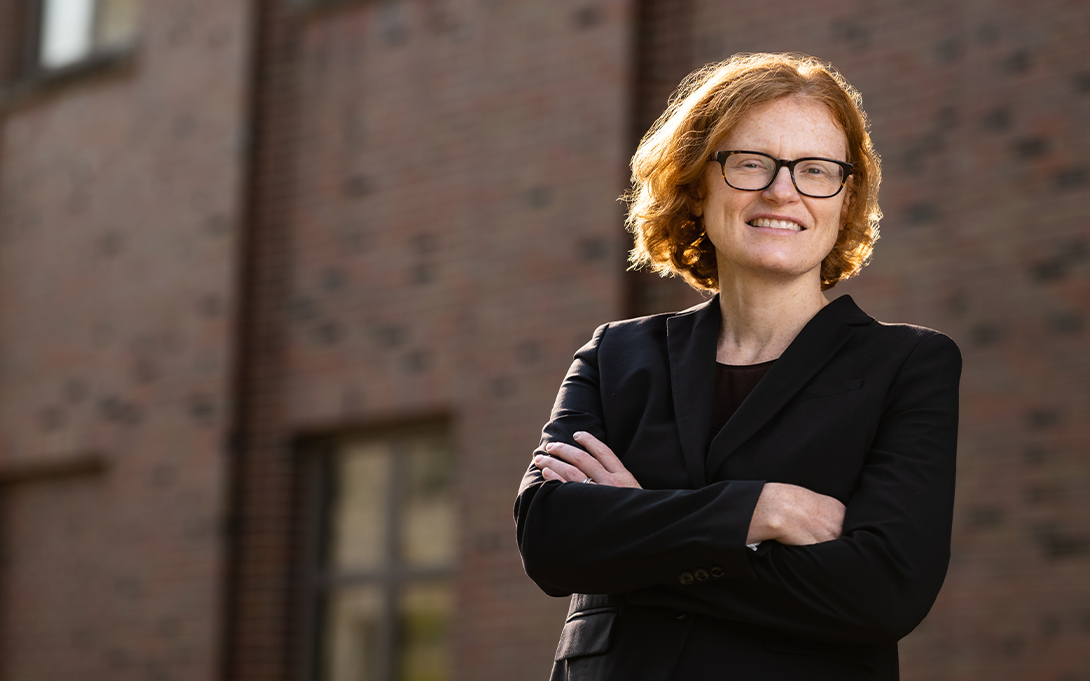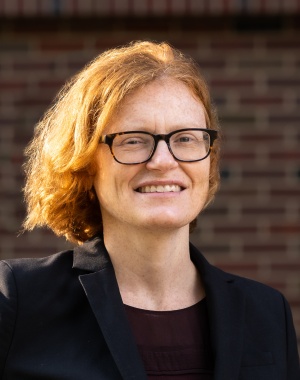
“Almost every state with a public pre-K program uses a mixed-delivery approach, with some classrooms in public schools and others in community-based organizations (CBOs),” write Education Policy Initiative faculty co-director Christina Weiland, and her co-authors Meghan McCormick (MDRC) and Allison Friedman-Krauss (the National Institute for Early Education Research) for the Brookings Institution. But experts have long raised concerns about how structural differences between these settings may disadvantage CBOs relative to public school programs.
As states and localities make critical decisions about how to spend their remaining federal COVID-19 relief funds, policymakers are determining the best bets for strengthening early care and education systems.
“Learning from pre-pandemic inequities within pre-K systems can help guide these decisions and build stronger and more equitable mixed-delivery pre-K programs,” write the authors, who share the findings from their recent study of 4,000 children and 255 pre-K programs. Using data from five large-scale, mixed-delivery pre-K systems that have taken explicit steps to improve equity across public school and CBO settings, the authors have published a new working paper via the Annenberg Institute at Brown University titled, Mixed-Delivery Public Prekindergarten: Differences in Demographics, Quality, and Children’s Gains in Community-Based versus Public School Programs across Five Large-Scale Systems.
This article was written by Jeanne Hodesh, U-M School of Education
